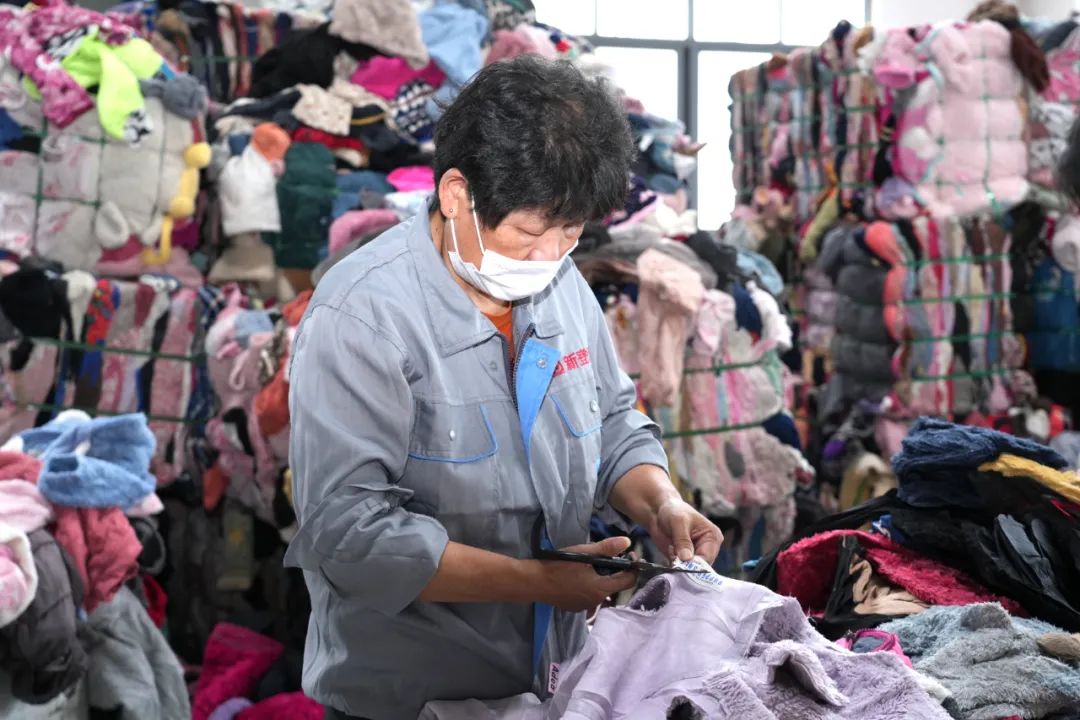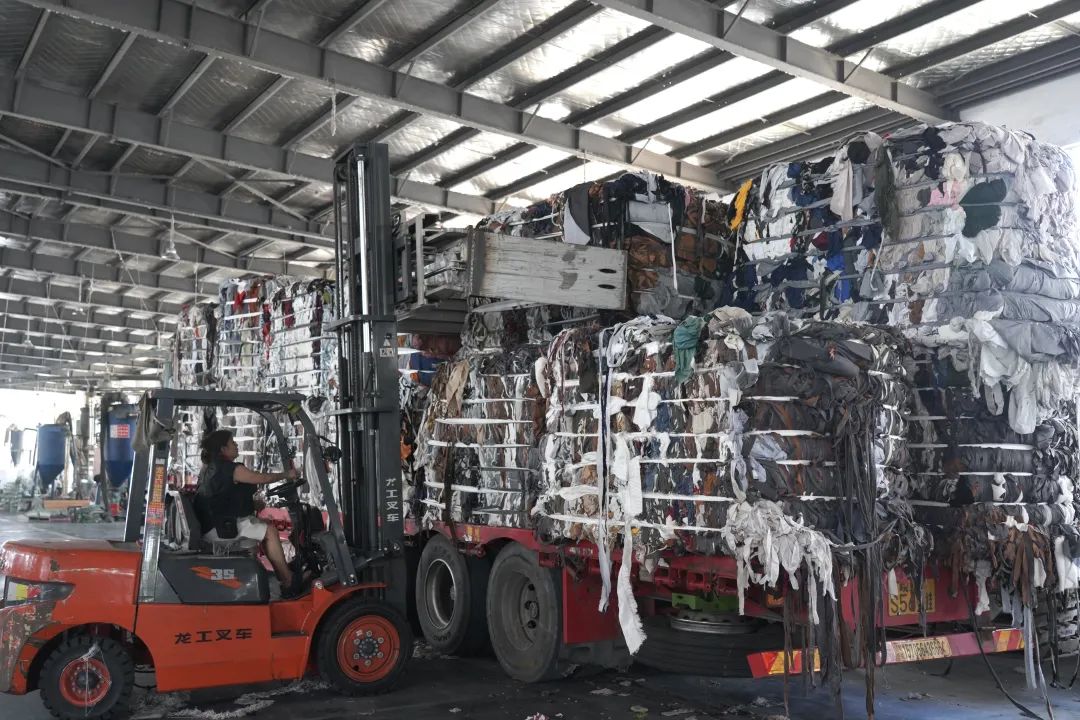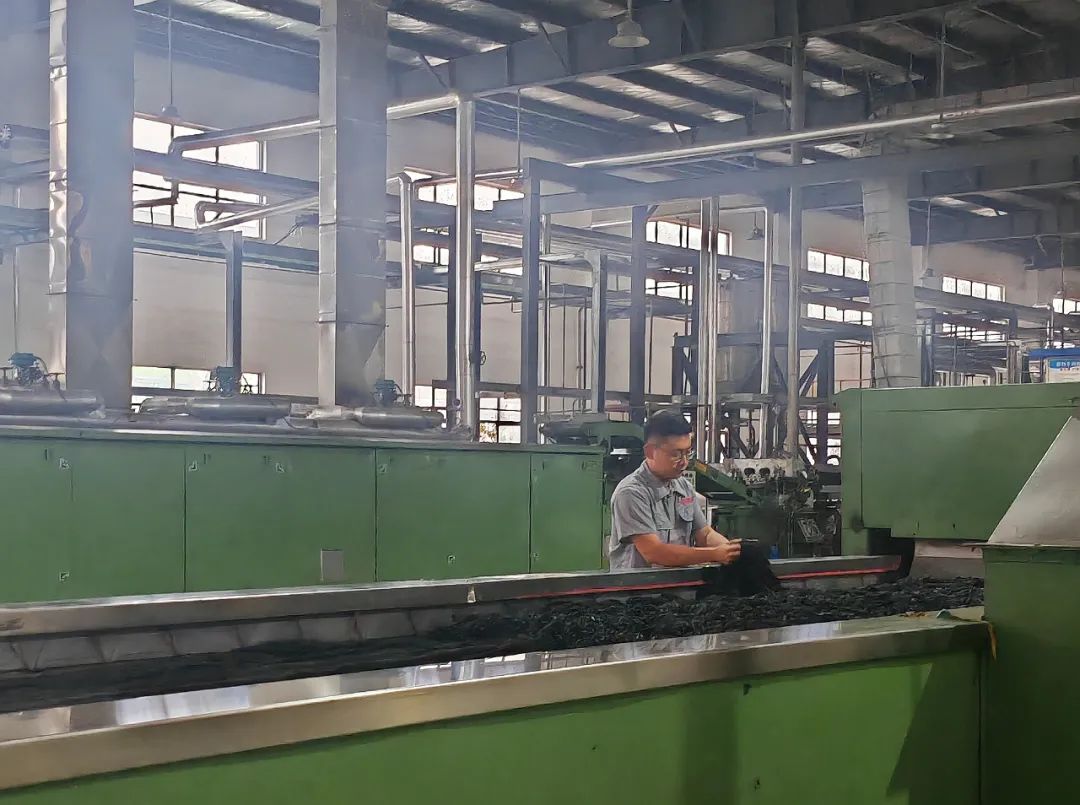With 92 million garments landfilled globally against <20% textile reuse rates, China's Xindengli has commissioned a 100,000-tonne/year chemical textile recycling supersite in Jinzhai. Pioneering molecular-level BHET glycolysis technology, the facility converts textile waste into virgin-equivalent recycled fiber while slashing carbon emissions by 60-85% versus petrochemical routes—validated by China's new GB/T 32151.47 carbon accounting standard.

"We only recycle clothes—no bottles or films," declares CEO Ye Xiaoze, emphasizing their exclusive T2T focus. "Our chemical textile recycling output meets RCS-certified recycled fiber standards for Zara and EU retailers." This structure positions Xindengli as China's answer to Circ® and Renewcell™, leveraging regulatory keywords (GB-T), technical differentiators (BHET glycolysis), and circular economy metrics ($7M carbon value) for B2B investor visibility.

Beyond molecular innovation, Xindengli engineered systemic sustainability:
📊 IoT carbon tracking certified by GB/T 32151.47
✅ Granular carbon footprint tracking (LCA certification)

"Digital twin slashing energy use by 5,000 kWh/ton accelerates scalable chemical textile recycling," notes the chief engineer.
Xindengli's competitive moat combines:
☑️ 10+ patents protecting core BHET processes
☑️ APSBI partnership securing European market access
By 2025, Xindengli's full capacity will deliver:
→ Annual recycled fiber output: 11,000 tonnes
→ Textile waste diverted: 12,000 tonnes
→ CO2 reduction: 48,000 tonnes ($7M carbon credit value)
As landfill bans accelerate across Europe and brands like H&M seek GB/T-certified partners, chemical textile recycling shifts from niche solution to supply-chain necessity. "Mass-producing circular materials from textile waste isn't aspirational—it's operational," states Ye. For an industry drowning in 100-billion textile waste/year, Xindengli's plant lights the path to authentic textile waste recycling at scale—where every recycled thread begins with salvaging yesterday's wardrobe.
